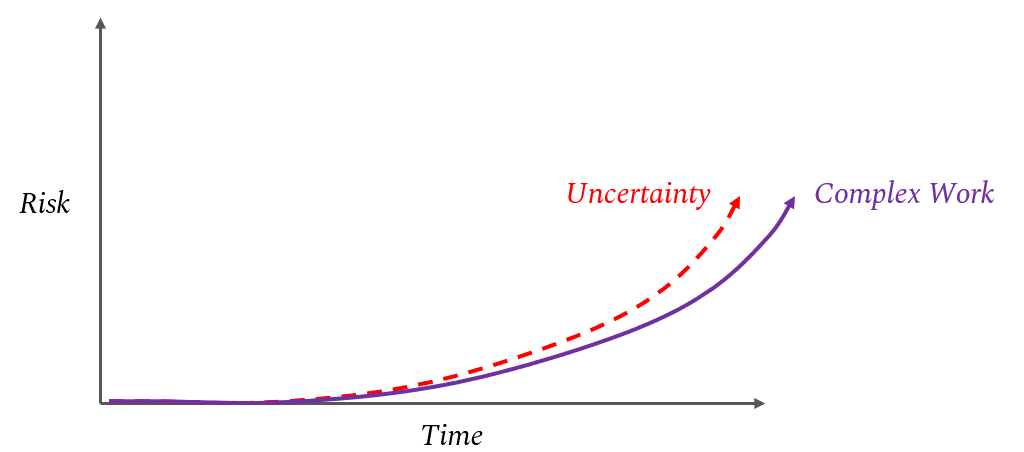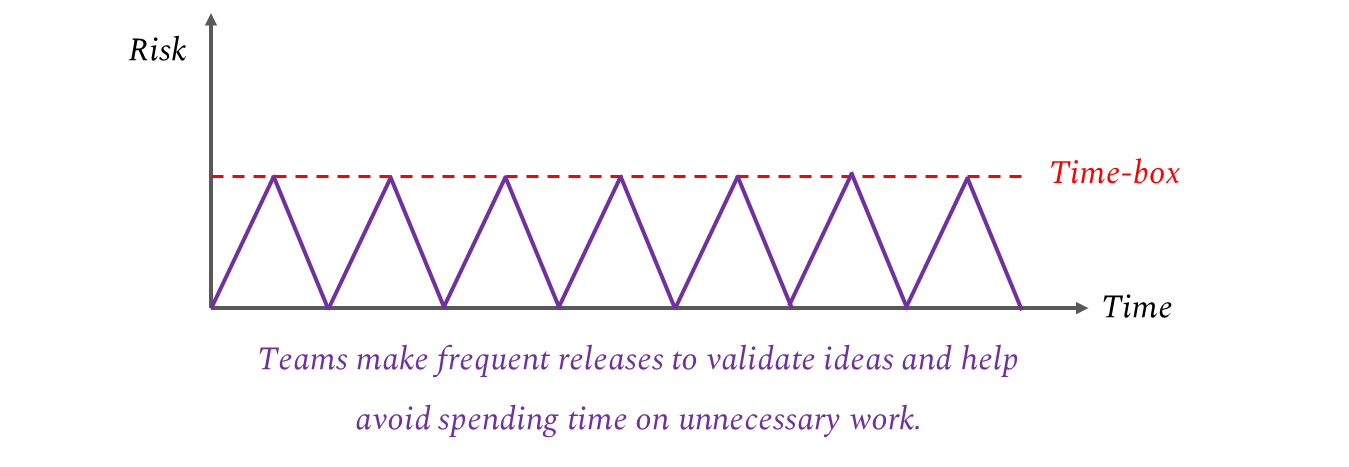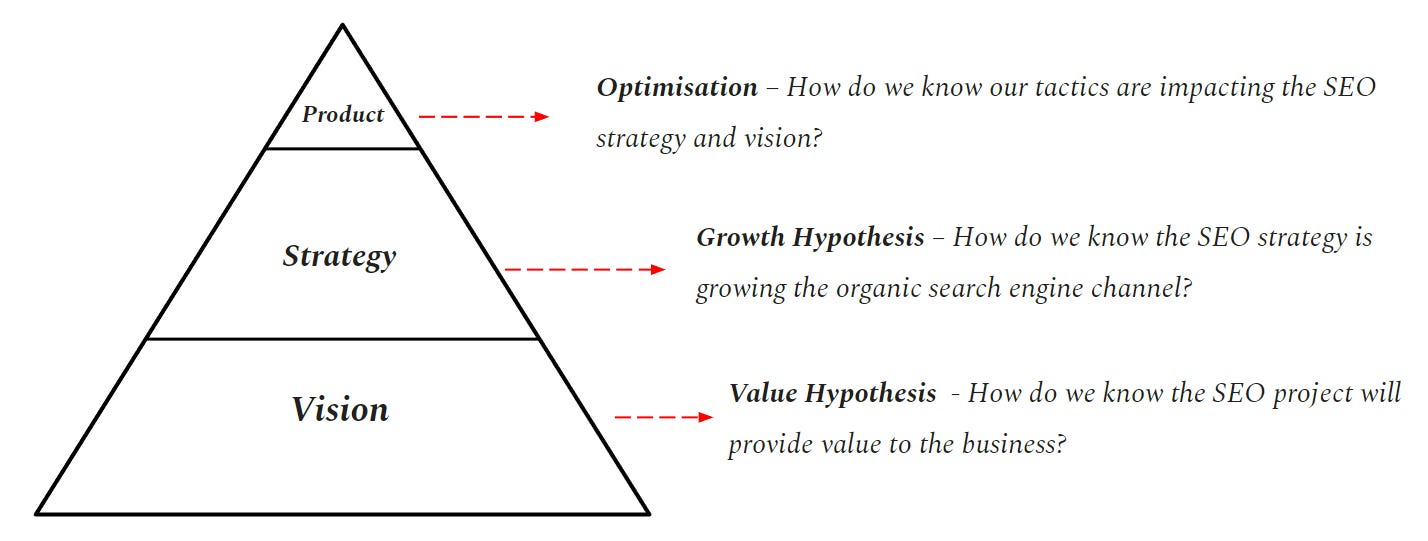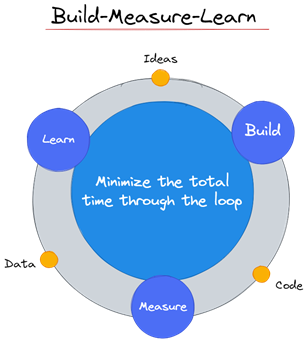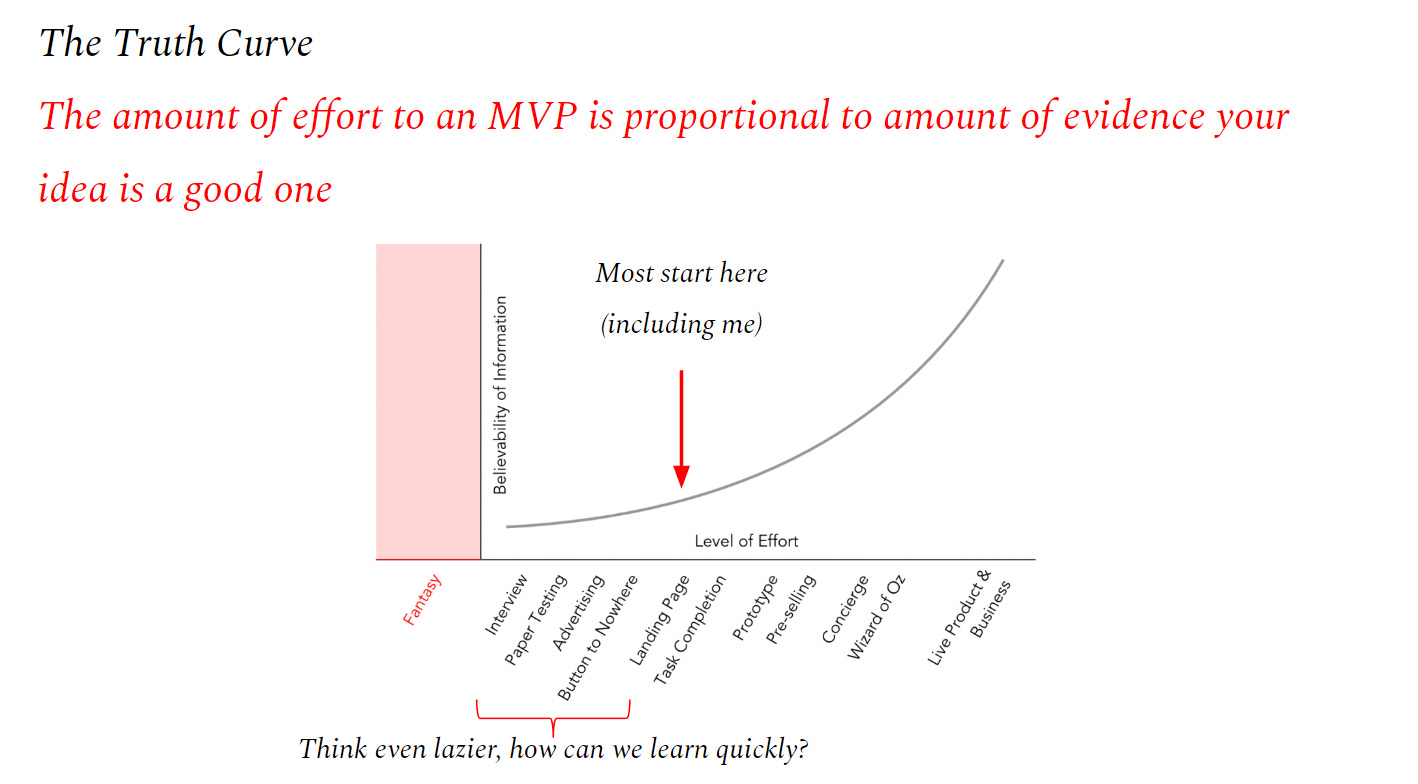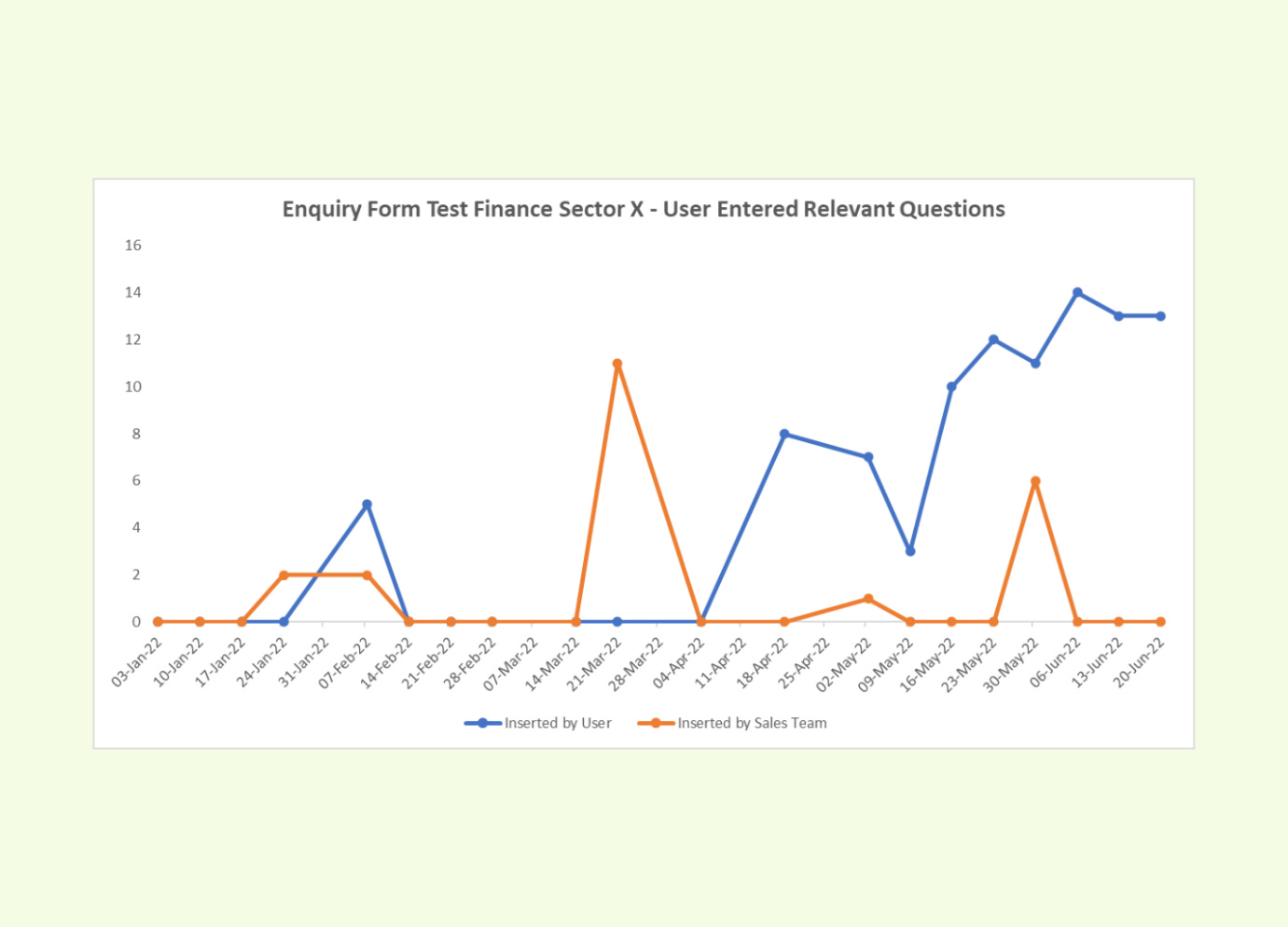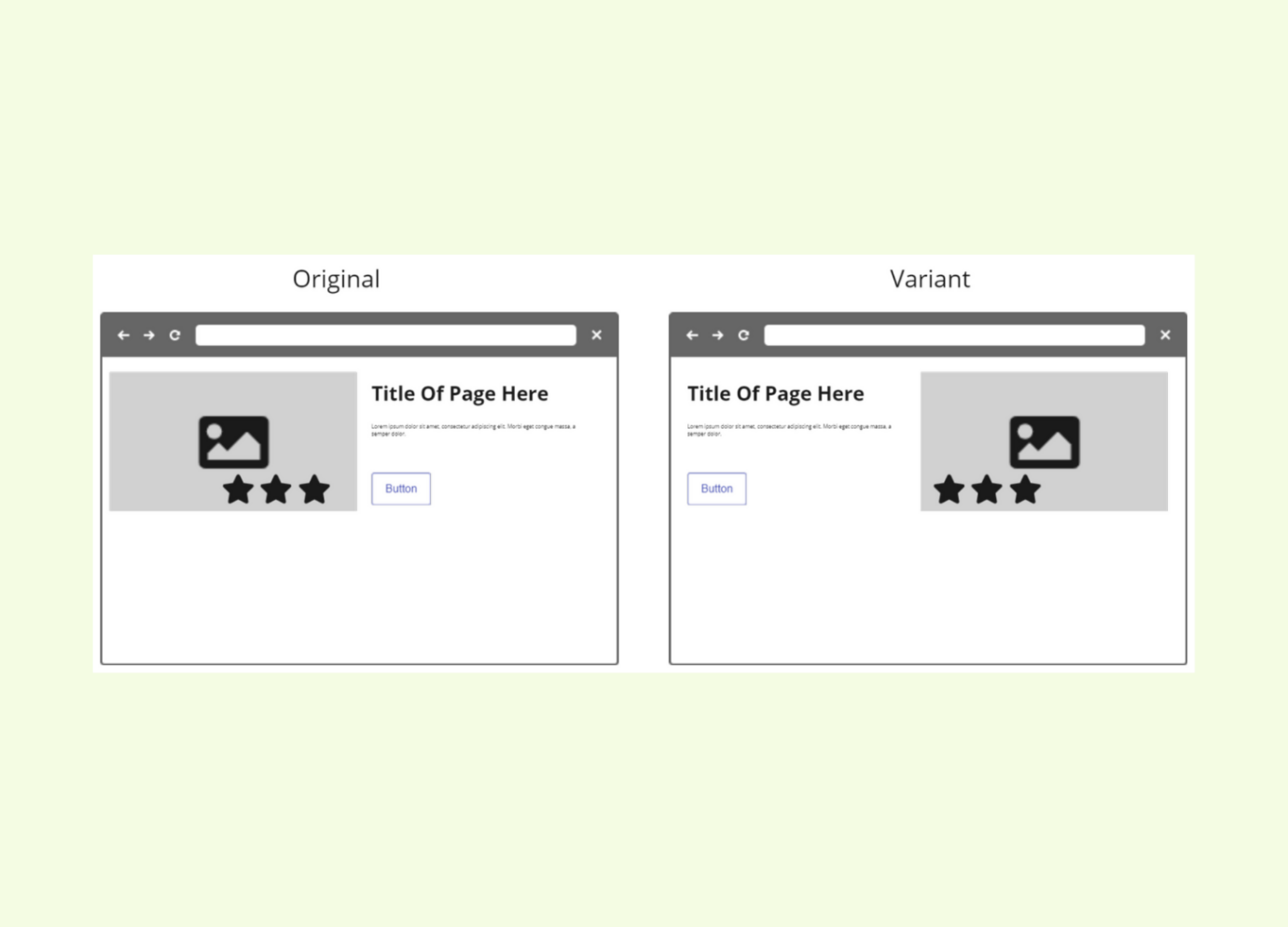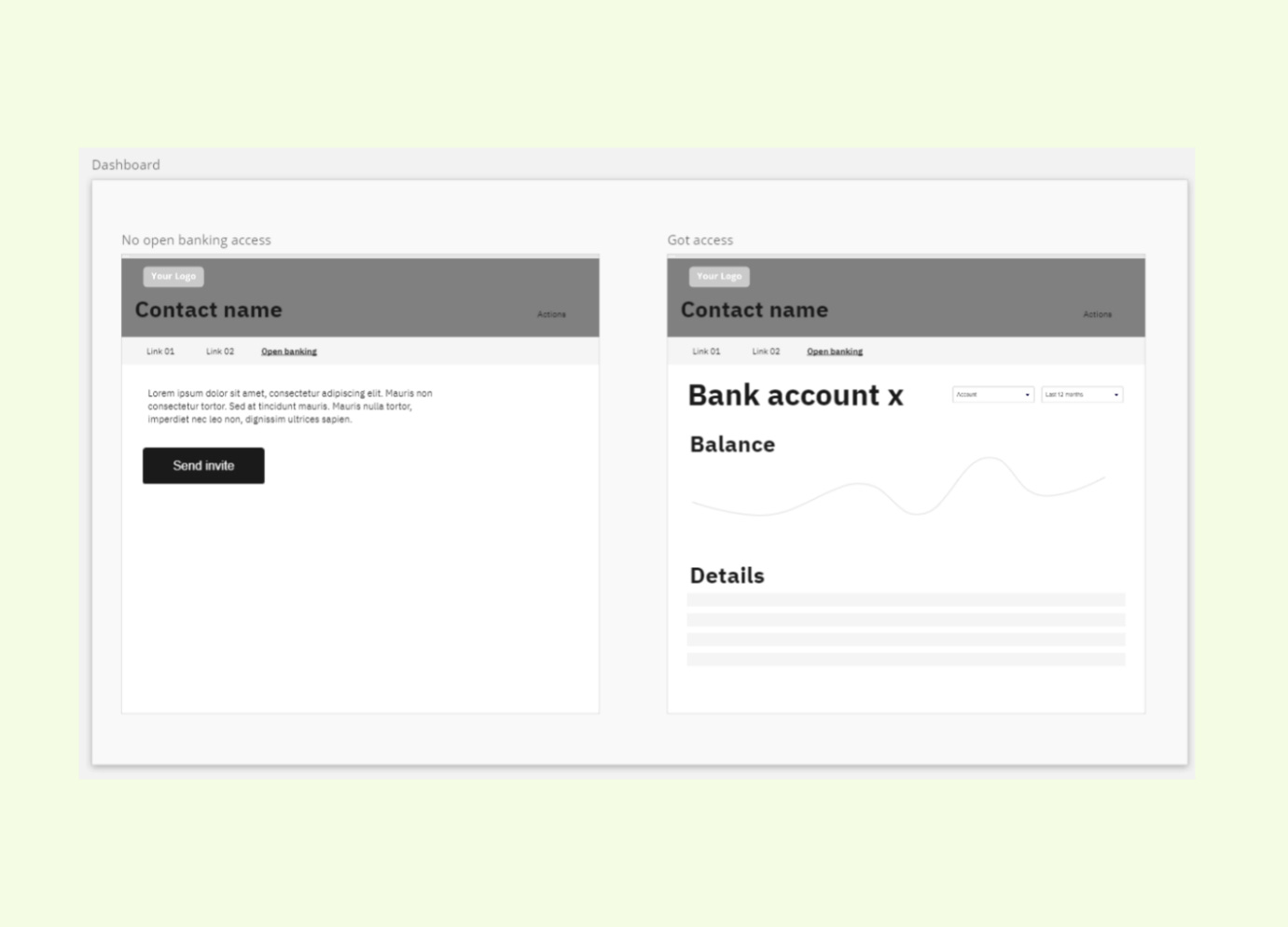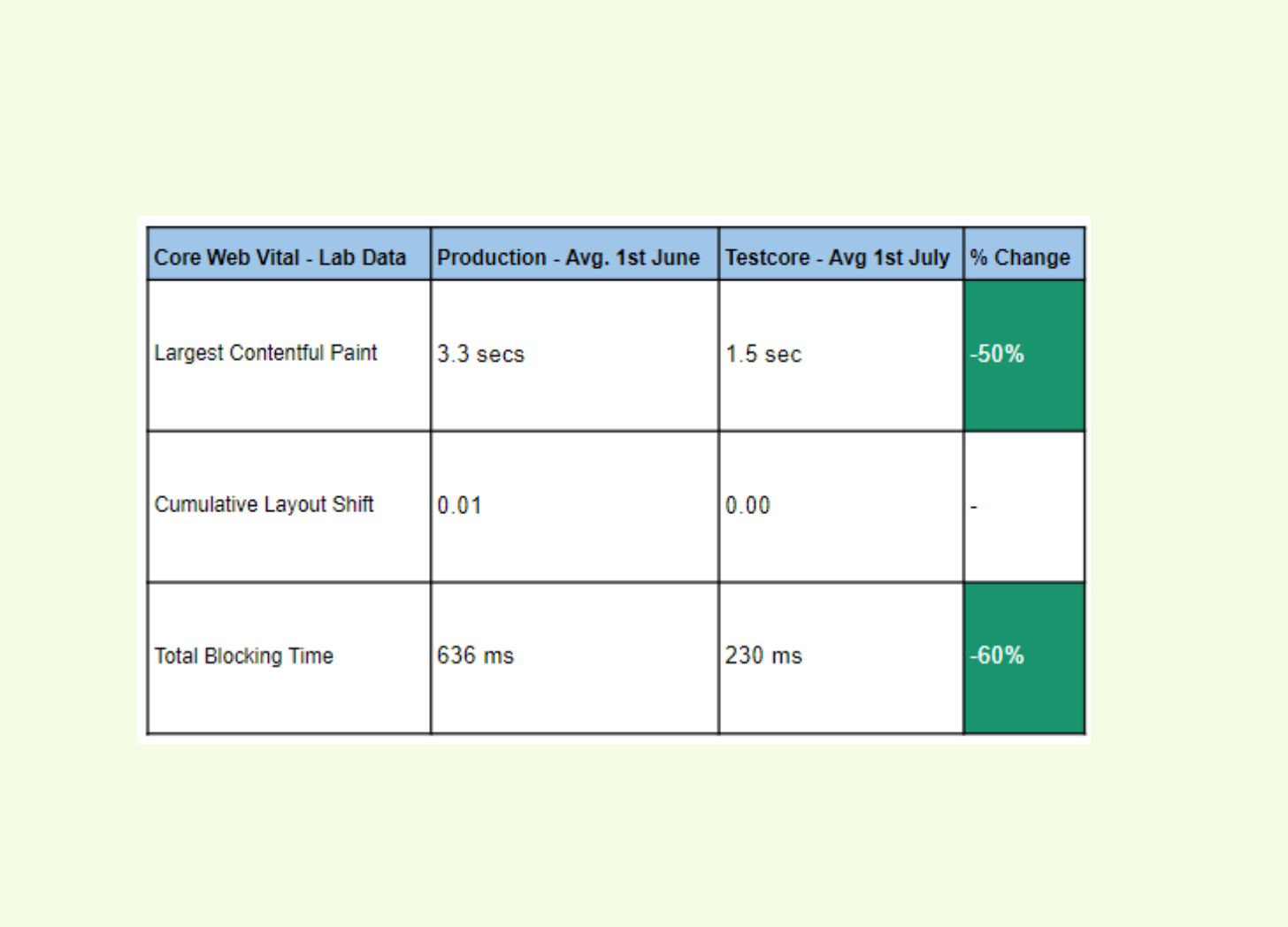Hello! I’ve been a bit quiet recently working on and testing course content. I’ve learned a lot about creating courses (and teaching) and will have more news soon about The SEO Sprint courses.
In SEO we talk a lot about tactics and strategies enabling growth using organic search engine traffic, but do we understand the value for the business before all that investment and time?
Product teams use Lean Thinking and minimal viable experiments to validate that ideas add value to the business and customers.
In this newsletter I will try to answer the following questions:
What is Lean Thinking?
What are Lean Startup Methods?
How SEOs can use Lean Thinking (with examples)?
🧱What is Lean Thinking?
Lean Thinking or Lean is a movement born from Lean Manufacturing.
The core principles of Lean Manufacturing were translated from the Toyota Production System (TPS).
TPS is based on two core principles:
Reducing Waste - A system is designed to reduce time and resources spent on unnecessary work.
Continuously learning - Teams at all levels are trained to improve the product or service one small change at a time.
Lean frameworks like The Lean Startup Methodology by Eric Ries grow popular in the 2000s and he published a book (currently on my books to read for SEO Product Managers).
The Lean Startup Methodology is a structured process to implement Lean concepts and principles in software development and startup culture.
In this structured process, Eric Ries identifies two main assumptions that all startups and businesses need to answer: the value and growth hypothesis.
📈Value vs Growth
The two most important assumptions you can make as a business or startup are:
Value – Will the idea solve a customer's problem or pain point?
Growth – How will you grow the product or service?
By answering these questions, a business or team can reduce waste and efficiently learn if an idea will have value to a customer.
The most important question many SEO teams do not answer is the value hypothesis. This can form the foundation of any strategy for a complex or risky SEO Project.
👾Why is Lean important for SEO teams?
Lean Thinking and applying lean concepts can help SEO teams deal with uncertainty.
I’ve worked with development teams for over 3 years and uncertainty is one of the biggest reasons why so many projects can take months not weeks.
Business teams provide complex specifications to delivery terms that might not be needed which creates bloated and unnecessary “spaceship” projects.
Why does this happen?
A lack of understanding and confidence in the solution.
A misunderstanding of the problem can cause teams to build projects from “best practice technical documents” rather than “solving problems for customers”.
This uncertainty of how to solve the problem compounds over time as more and more specifications are added before the project is released.
Teams are never sure when value is provided until they get projects in front of customers to get feedback.
This lack of confidence in what exactly will provide value to customers also applies to SEO projects.
I’ve seen completed hundreds of audits over the years and created my fair share of long technical specification documents of things to fix “based on best practices”.
There is a lack of uncertainty, context and complexity in these documents which causes the development and product teams to have no confidence in SEO recommendations.
Product and development teams have limited resources, so it is critical to reduce waste.
At DeepCrawl, working closely with development teams, I came to realise that confidence in a new idea comes from breaking down your complex project to identify the fundamental value to the business and customers.
Once you have identified and proved the idea can provide value in a small release cycle it can help teams reduce unnecessary work and gain more confidence in an idea.
The team can then work in small release cycles on the next set of assumptions which can help get recommendations out more efficiently.
It all starts with that first step of validating value, providing confidence and creating a vision of the idea using a Lean approach.
💰How can SEOs use Lean to show value?
Although SEO teams are not starting a business, they are still dealing with uncertainty just like a startup.
The Lean Startup Methodology already provides a clear process that startups and how SEOs can use to identify value.
I’ve just slightly tweaked the value vs growth hypothesis diagram from Eric Ries so SEO teams can apply the thinking to their own projects.
The foundation of any idea, SEO or startup, is making sure it is going to provide value.
Lean Thinking isn’t about creating projections or forecasts which can only tell you about “hypothetical scenarios”.
A Lean approach is about validating an idea as quickly as possible using scientific methods and providing evidence to other stakeholders, so they gain more confidence.
How can we do this?
Using the Build-Measure-Lean loop framework from the Lean Startup Method.
🏗️Build-Measure-Learn
The Build-Measure-Learn loop is at the heart of the Lean Startup Methodology which helps startups test value and growth experiments and invests in activities that drive results.
To use this framework, however, you must do the steps in reverse order:
Learn – What is the root problem? What do you need to learn? What is the hypothesis?
Measure – How are you going to measure success?
Build – What is the laziest experiment to test the hypothesis?
By answering these questions, you can start to break down a complex SEO project and identify if it can provide the business with value.
When building your minimum viable experiment remember to consider The Truth Curve by Giff Constable.
What this graph shows is that there are a number of different types of experiments that can be invested in, but the level of investment depends on the level of evidence it is a good idea.
Note
I haven’t mentioned Minimum Viable Products (MVPs) as I dislike the term mainly because many teams use the tactic in the wrong way (in my opinion). I’ll write more about MVPs in the future but for now I call them minimal viable experiments.
There are several minimal viable SEO experiments which you can try to identify value:
Low-fidelity prototype testing designs
Using PPC/Advertising data to test market demand
Build a simple landing page to test subscriptions to business
Building a prototype and doing user testing with it
Remember these experiments are not meant to be finished versions. They are simply meant to quickly prove the value hypothesis of your idea and provide confidence to other members of the team.
The idea was a bad one? No problem because you can quickly pivot based on feedback.
✍️Examples of Lean Thinking
Let me show some examples of using Lean and the Build-Measure-Learn loop.
I’ve used these approaches to increase confidence in an SEO project or pivoted quickly.
Pay-Per-Click to Test Market Demand
An eCommerce client asked me to review an international SEO strategy to target new markets for core products.
Once I review the idea, I recommended they start by validating the markets using PPC.
Using PPC would quickly help validate the hypothesis if their core products were in-demand in the international market and help teams quickly gain confidence in the idea.
If there was evidence that the market had potential, then it would be important to do a full international SEO keyword research project to help make sure nothing was being missed.
Small Enquiry Form Change Reduces Complexity
A B2B FinTech client was uncertain about how to improve their enquiry form process.
After reviewing the form with both the senior developer and the freelancer UX designer we quickly realised that the 100+ possible questions in the form were not surfacing relevant questions early on to users.
So, we implemented a small change and created a new form to test the hypothesis that if we simply moved relevant questions higher up the form and only show this form from relevant referring pages.
This small and simple change helped validate that improving the form could have a positive impact on the business processes (without causing too much stress to the system).
We’re now working toward making the forms even more relevant for the finance sector and useful for users and improving the process so there are not 100+ possible questions in one form.
A/B Split Testing
A client wanted to make a simple change to their landing pages by adding social proofing signals to a page, however, they altered the above-the-fold design.
I asked that they use A/B split testing software to make the change rather than make the change across the website (it was a big risk in my mind to just make a huge change across their landing pages).
After a few weeks, the hypothesis that the new design would improve CRO was disproven.
The conversion rate of the landing pages dropped from 8% to less than 1%!
The team quickly reverted the change and the team hypothesised that the switch of the CTA from right to left had impacted the conversion rate.
The team did another test and simply kept the structure of the page but added the social proofing on the right side. The conversion rate didn’t tank this time, but it also didn’t improve but the team agreed it was a good idea to add the social proofing review signals.
User Testing
At DeepCrawl we did a lot of low-fidelity prototype testing to test the user journey flow and validate.
I’ve also used this approach with clients to help them get feedback on new features for their own platforms.
This helps validate the idea and visual elements on the design as well as start to identify how small the first release can be but still add value to users.
The team built the new part of the platform in less than 90 days over Christmas, but it all started with validating the right design and what internal staff wanted to see.
Validating Migration in a Small Slice
A client wanted to migrate to a new React framework to improve site speed and page experience. However, there was a question of where to start and a level of uncertainty from the development team.
So, we began with a small slice and focused on migrating a core page template.
This small slice was released in less than 5 days and is evidence to the dev team of the impact of the new platform on site speed.
The results also helped the developers gain more confidence in working with the new framework and helped reduce time wasted on unnecessary activities.
🏭Industry Examples of Lean Thinking
There are several examples of industry experts using new processes and technology to continuously learn and build confidence in SEO ideas:
SearchPilot A/B Split Testing – The SearchPilot team (and Will Critchlow) are showcasing a lot of case studies around SEO growth experiments.
Edge SEO – Hamlet Batista spearheaded the Edge SEO movement with SEOs like Dan Taylor, Cyrus Shepard and Chris Green teaching others how to build an SEO testing mindset.
SEO Independent Tool providers - SEO tool providers like Keyword Insights and Keyword Sheets are building their platforms out of their business using continuous learning and validating private beta testing.
Paid Data - Wil Reynolds at SEER Interactive has spoken a lot about using PPC data to validate SEO growth activities.
SERP User Testing - The SEER Interactive team have written about how they better understand the user by doing SERP user testing for clients.
📌Summary
In this newsletter we covered:
Lean Thinking - An approach to building products and services that help “steer” businesses in the right direction by reducing waste and continuously improving.
Lean Startup Methodology - A popular approach to implementing Lean is The Lean Startup Methodology which uses the Build-Measure-Learn loop.
Value vs Growth Hypothesis - The Lean Startup Methodology states there are two critical assumptions any startup needs to think about: value vs growth hypothesis.
Growth in SEO - In SEO we focus heavily on growth but do not build solid foundations in making sure our ideas add value to customers and businesses.
SEO Value - There are a number of different minimum methods that teams can use to validate an idea before investing a lot of time and resource into growth activities.
Pivot - These ideas can help teams quickly find out if an idea will add value or they can pivot before wasting time and resources on an idea.
📚Further Reading
Books for SEO Product Managers - I’ve created a list of product and Agile books for anyone who wants to learn more (including Lean Startup Methodology).
Lean Startup Methodology - The Lean Startup Methodology website is old (not even on HTTPS) but still useful to get an overview of the methodology.
The Design Sprint - A framework which outlines how to validate a hugely complex business idea in 5 days (met the author very tall man).





